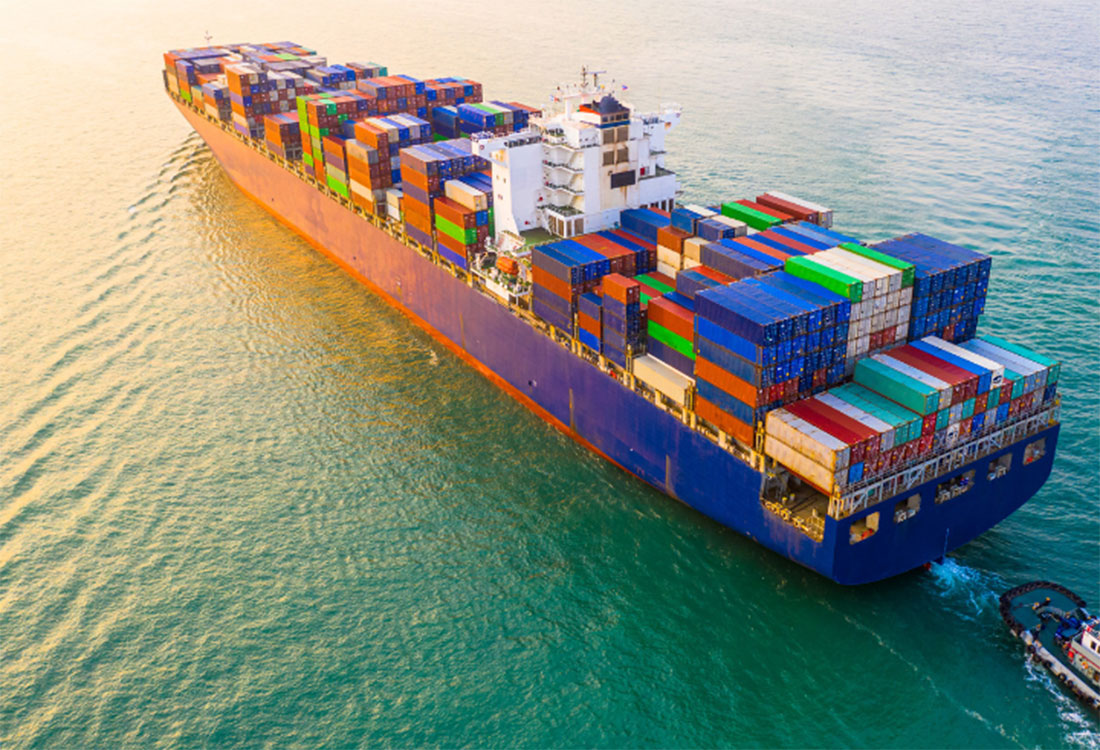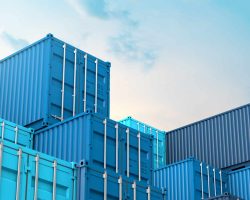
There currently are two situations causing a disruption to the global ocean freight trade. Firstly, as a result of geopolitical tensions, carriers are deciding to avoid the Red Sea and the Suez Canal following attacks by Yemen’s Houthi rebels in support of Hamas in the war with Israel. The second risk arises from climate change, as the Panama Canal has had to reduce its capacity to preserve water levels in the canal.
The Panama Canal is one of the most important waterways in the Western Hemisphere, handling upwards of 40% of all US container traffic. In terms of the Suez Canal, about 15% of world shipping traffic transits this waterway, serving as the shortest shipping route between Europe and Asia. Any factors compromising cargo flow via these key shipping lanes will have worldwide ramifications.
Carriers have had to make the choice to wait in line to transit the Panama Canal and reroute away from the Suez Canal to sail around the Cape of Good Hope, resulting in extended lead times and potential port congestion. They will also have to weigh the impacts of increasing speed or adding additional vessels to these routes in order to maintain schedule integrity. Another thing carriers can do to keep transit times between main ports competitive, is to cut out smaller ports and change the rotation so that larger ports at both ends of the service are closer to each other in the rotation.
Analysts have advised that rates will remain elevated for the near future, as steamship lines navigate these ongoing issues. The previous narrative of the market was that it was heavily oversupplied, with expectations for a decrease in freight rates, however, this has since changed due to the current climate. The more disruption caused by the diversion of vessels, the higher the rates will climb. Currently, all main carriers are starting to see equipment shortages at the main ports in China, and the expectation is that it will expand to more loading ports in the next few weeks. Ship diversions are also causing increased port congestion as ships cluster at main ports.
Many industry experts have predicted that the fallout caused by the crisis in the Red Sea and the issues with the Panama Canal should not be as severe as was experienced during the global pandemic, as consumer spending has wound down and the surplus of container ships is greater today than it was during the pandemic. That said, rates for Asia to North America’s West Coast shipments are rising sharply, as shippers are switching shipments from East to West Coast service to avoid supply chain disruptions. Similar upward trends in regard to rates are being experienced in transatlantic routes, with carriers announcing substantial General Rate Increases (GRIs) in February.
While the Suez and Panama Canal issues are front and centre, there is also an ongoing threat of labour action by dockworker unions representing stevedores who work at US East Coast and Gulf Coast terminals. Analysts expect that in February, when transpacific contract negotiations open up, there will be more freight moving via West Coast ports, as importers want to ensure they have space and less disruption going into peak shipping season later in 2024. There is also the threat of labour action by longshore workers at the port of Montreal, who have been without a labour deal since their agreement expired on December 21, 2023. This is of great concern to Canadian shippers, as Montreal is the second largest port in Canada, surpassed only by Vancouver, and is the key hub for transatlantic cargo.
For more information, contact David Lychek, Director – Ocean & Air Services.
















